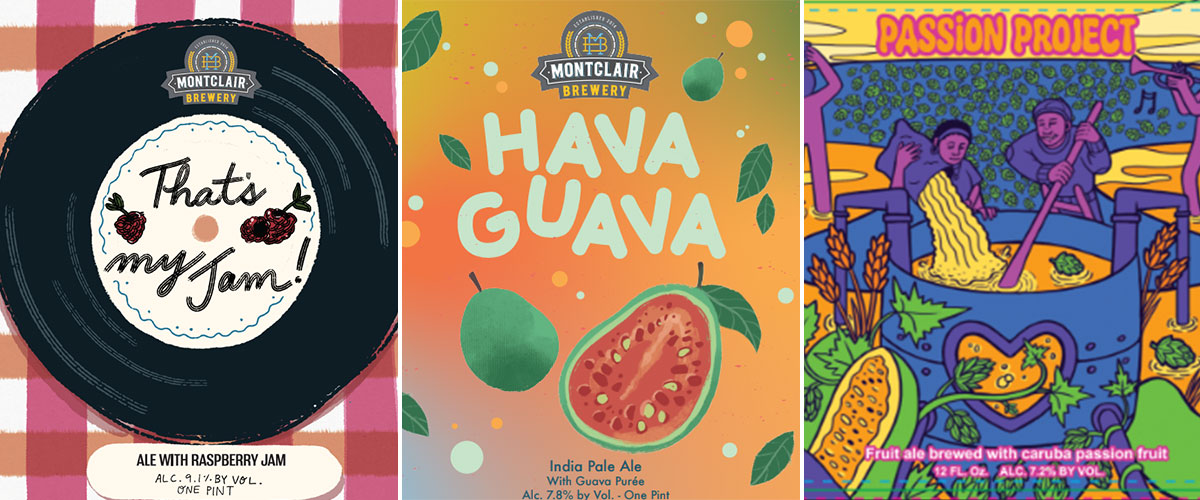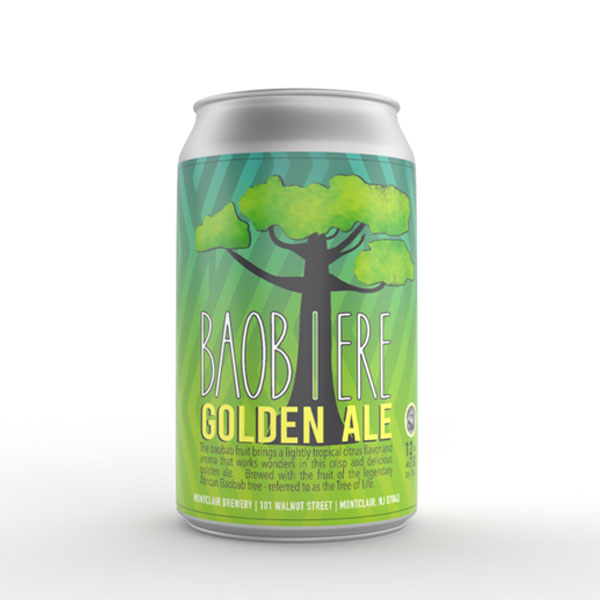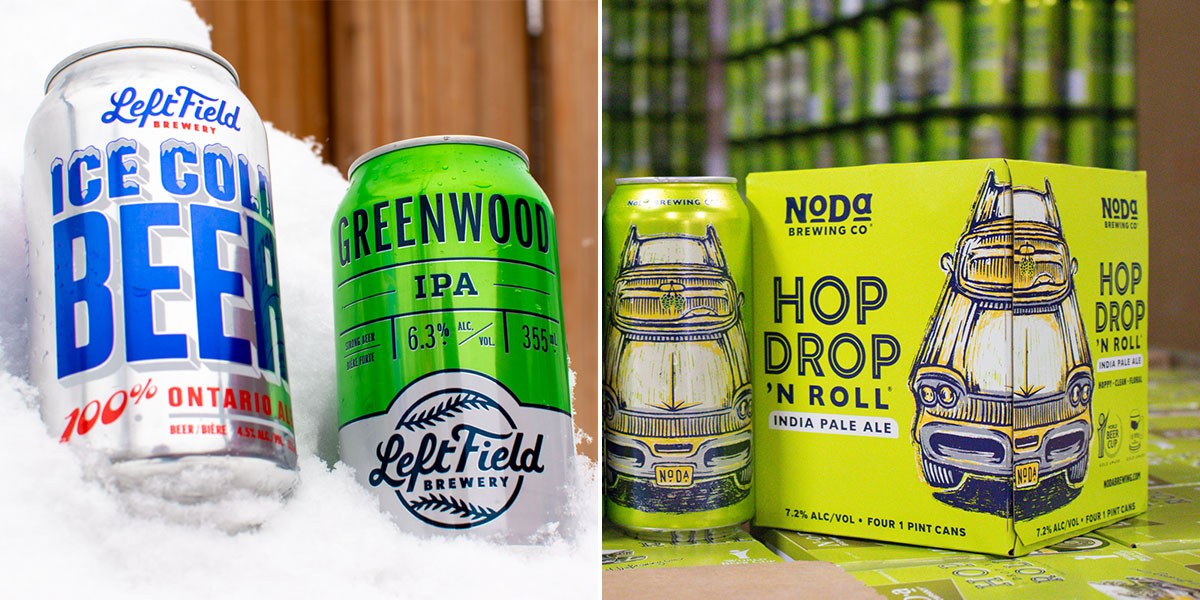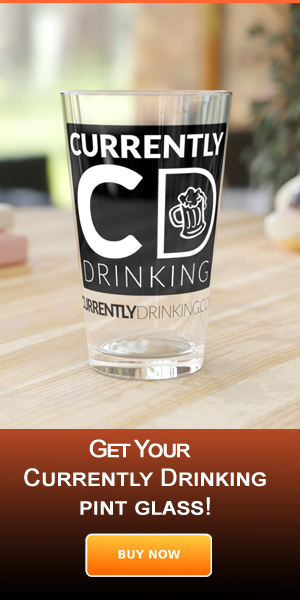[ad_1]
If the one issues sure in life are demise and taxes, then the one issues sure in craft beer are inspectors and taxes. For brewers trying to launch a brand new label, which means working with the once-dreaded Taxman.
Though it may well look daunting, the method of label approval by way of the federal authorities has change into extra streamlined in recent times, and the brewers and designers we spoke with agree that when they slender down some fundamental guidelines, receiving approval is comparatively painless.
First off, who oversees beer labels? That’s the Alcohol and Tobacco Tax and Commerce Bureau, in any other case often called the TTB, which emerged in 2003 with the reorganization of the Bureau of Alcohol, Tobacco and Firearms. The TTB collects taxes, admittedly, but it surely additionally serves an vital protecting perform. Its mission, in keeping with their web site, is “to guard the buyer of alcohol drinks by way of compliance applications which are primarily based upon schooling and enforcement of the business to make sure an successfully regulated market; and to help business members to grasp and adjust to Federal tax, product, and advertising and marketing necessities related to the commodities we regulate.”
That’s a government-speak option to say that by creating and implementing particular and enforceable tips for issues akin to beer labels, the TTB is defending American customers from potential hurt attributable to unclear or probably deceptive labels. For instance, with the intention to get a Certificates of Label Approval/Exemption (COLA) to promote beer throughout state strains, an inventory of each ingredient in a beer must be despatched into the TTB.

Denise Ford Sawadogo is acquainted with this course of. As co-owner of Montclair Brewery in New Jersey, she and her husband have a number of beers that fall outdoors of the fundamental “water, malt, hops, yeast” formulation allowed within the basic COLA record. The TTB requires a kind for any malt beverage product “to which fruit, fruit juice, fruit focus, herbs, spices, honey, maple syrup, or different meals supplies” are added.

Montclair’s BaoBiere, a 7.8-percent blonde ale that makes use of the fruit of the baobab tree, falls into the TTB’s particular approval course of, as does its Fragile Like a Bomb, a 7.8-percent golden ale infused with baobab and lavender. The baobab fruit, from the tree native to Africa, Madagascar, and Australia, mirrored Montclair’s homeowners’ African-American heritage, however was outdoors the record of pre-approved elements allowed by the TTB. Regardless of the additional kinds required, Ford Sawadogo says the method was nonetheless fairly fast, taking solely, “perhaps two weeks, if reminiscence serves me proper.”
Nonetheless, it’s not totally painless. That two weeks was for approval for the formulation for Montclair’s beers. Brewers do additionally must submit their beer label to the TTB on the similar time for approval. This may trigger a couple of trip-ups, says Ford Sawadogo. Determining what can and can’t be included on a label, and what should be on the label, is usually a problem, and “there’s at all times some situation—and it is rather inconsistent. It most likely relies on who reviewed the label,” she says. “Even one thing that was authorised for one more beer that wasn’t a difficulty is now impulsively a difficulty.”
Missy Cooke from Previous Nation Brewing Firm in Michigan agrees that inconsistency is an issue in relation to their labels. “Laws are interpreted in a different way by completely different TTB staff, laws change, and typically issues are authorised that technically didn’t observe a sure rule,” she says. “In idea, if it really works as soon as, it would work once more—however not at all times.” In her expertise, even when a label seems equivalent to at least one that has been authorised earlier than, “the TTB doesn’t take a look at authorised labels as having set some type of precedent.” On the FAQ part of its web site, the TTB supplies an inventory of allowable modifications to an authorised label, which incorporates deleting non-mandatory info or paintings, deleting or altering an optionally available barrel age assertion, or altering award statements or brewers’ signatures.
That is smart, for the reason that TTB has multiple agent on the approvals staff. That wasn’t at all times the case: till his retirement in 2015, the aptly nicknamed Kent “Battle” Martin was the only real particular person in control of label approval on the TTB. Dubbed the “beer bottle dictator“ by The Each day Beast, Martin reviewed tens of hundreds of label purposes a 12 months, and was identified to disclaim purposes for nitpicky, even pedantic, causes. These days, the division in control of COLA purposes has a number of staff, so there isn’t a assure that almost equivalent labels by the identical brewer will all get authorised.
Because the artistic director and associate of CODO Design, a graphic design agency that designs dozens of craft beer labels, Cody Fague has a couple of pointers for brand new and seasoned brewers. First, he says, remove abbreviations. IPA for “India pale ale” can be universally rejected, as will ABV for “alcohol by quantity.” When unsure, spell it out, he says, “even when everybody on the planet is aware of what an IPA is by now.” Particulars akin to these are the “ticky cheesy stuff” that Fague and his companions assist their purchasers navigate.

“As a client safety physique, they’re extra thinking about ensuring that none of your promoting copy on the packages means that it’s going to have any type of bodily or pharmaceutical results,” says Fague of the TTB. He was as soon as rejected for a label on an English sturdy ale as a result of a TTB agent didn’t just like the phrase “sturdy” and thought it implied that the beer would make drinkers bodily sturdy.
The TTB can get its hackles up with use of any claims to well being advantages. In its FAQ statements, the company notes that the phrase “clear” on a malt beverage product would possibly “create the deceptive impression that consumption of the alcohol beverage could have well being advantages, or that the well being dangers in any other case related to alcohol consumption can be mitigated…We might contemplate these claims to be deceptive health-related statements.” Whereas the phrase “clear” isn’t expressly forbidden, Fague notes that it’s most likely wisest to keep away from any claims that suggest that alcohol is nice for the buyer.
That stated, and taking all these ideas into consideration, Fague says that “on the federal degree, they’re not going to get into illustration model or colours.”
As soon as a beer will get to the state degree, that may exit the window. In New Hampshire, some customers are lobbying for new restrictions on cartoon characters on beer labels. The regulation would prohibit the depiction of toys, robots, cartoons, and fictional animals or creatures on grownup beverage labels. Whereas it’s unclear whether or not present labels with these depictions could be required to alter, in some instances, breweries have agreed to alter their labels (e.g. Harmony Craft modified its Discovering NEIPA label, which depicted cartoon fish just like these within the film “Discovering Nemo,” after speaking with the state of New Hampshire). Whereas he understands that the COLA course of is in place to guard minors, Fague is maintaining a detailed eye on the state of affairs there.
Joe Harer from Different Half Brewing distributes beer all through the Northeast and hasn’t had an excessive amount of problem on the state degree. “The TTB is the end-all-be-all,” he says, and “as soon as the TTB approves one thing, the states will settle for it.” The TTB restrictions actually didn’t cease him from going for broke a few years in the past when he submitted a label design for a triple IPA—er, India pale ale—made with Galaxy hops referred to as Area Hallucination. Harer obtained a fast however agency “no” from the TTB agent in control of his COLA. “I attempted explaining to the particular person checking the label that you could hallucinate with out medication,” he says, “however they didn’t like that very a lot.”
Regardless of the occasional setback, everybody we talked with agreed that the method has change into fairly environment friendly and speedy, particularly within the final 12 months or so. Says Harer, “As of the previous 12 months or two, they’ve been very, very a lot on the cash.” Prior to now, his labels have taken a couple of weeks to be authorised or denied. Now, he’s seeing a turnaround of only a few days’ time.
Brewers advocate studying the COLA necessities rigorously earlier than submitting an software. In addition they recommend saving your vitality and to not hassle arguing with TTB brokers over what’s and isn’t acceptable. “Getting caught up within the disparity of whether or not or not a brand new label is authorised slows down the entire course of as a result of it doesn’t matter,” says Previous Nation’s Cooke. “The quickest option to approval is to only settle for what they’re saying, make the modifications as rapidly as potential, and resubmit.” That is nonetheless the federal authorities we’re coping with, in any case.
CraftBeer.com is totally devoted to small and impartial U.S. breweries. We’re revealed by the Brewers Affiliation, the not-for-profit commerce group devoted to selling and defending America’s small and impartial craft brewers. Tales and opinions shared on CraftBeer.com don’t suggest endorsement by or positions taken by the Brewers Affiliation or its members.
[ad_2]



